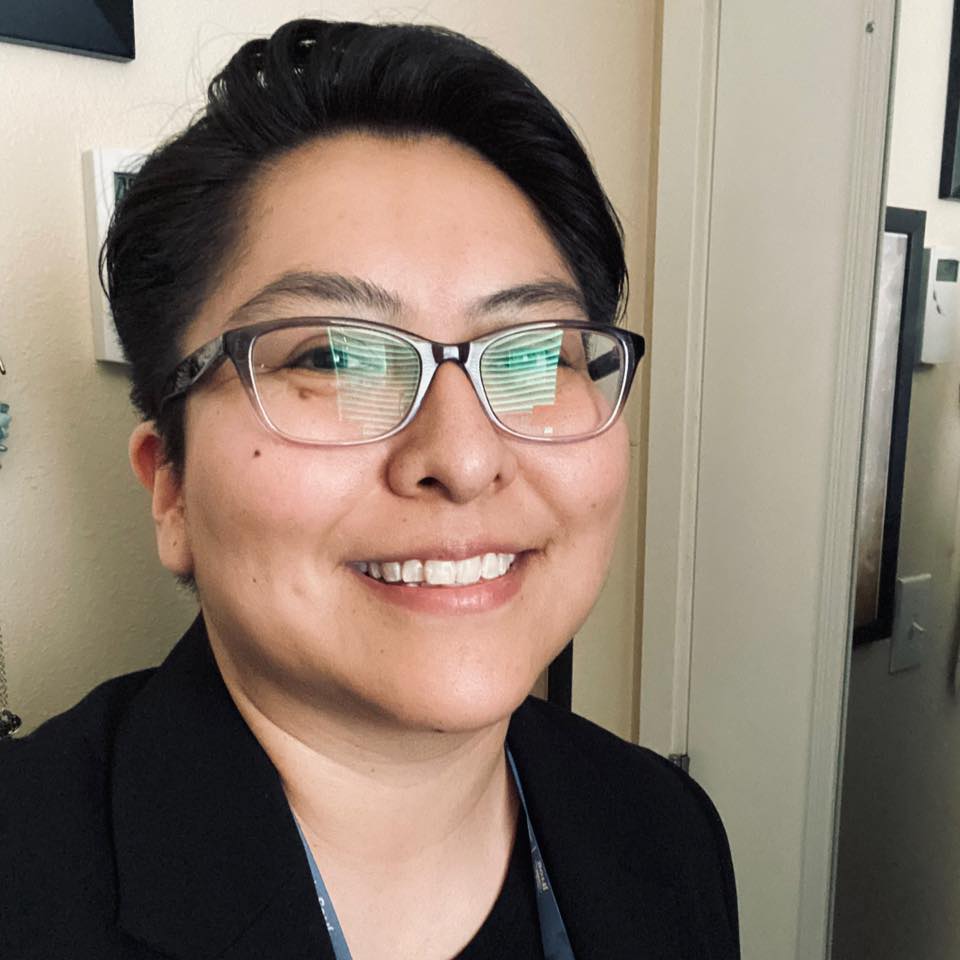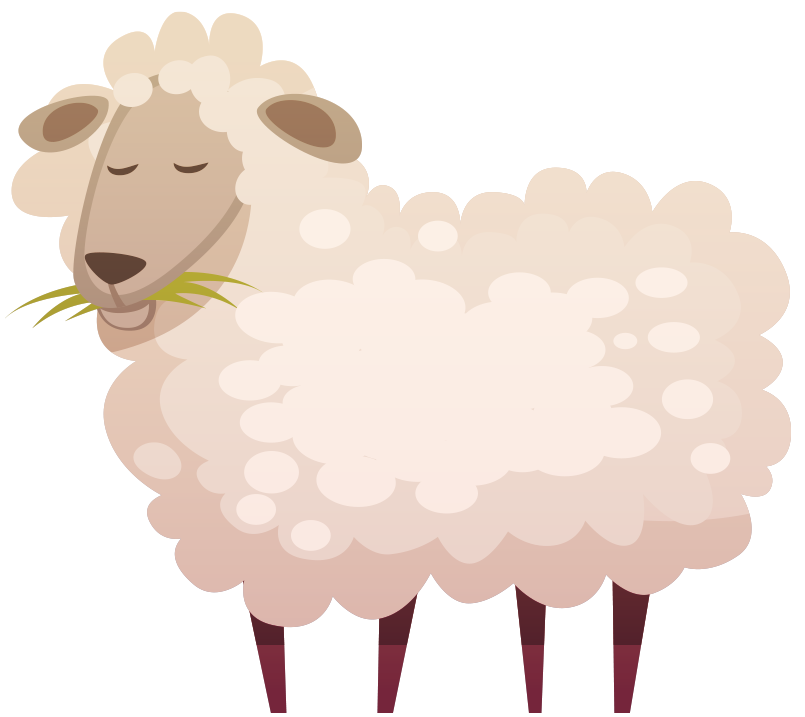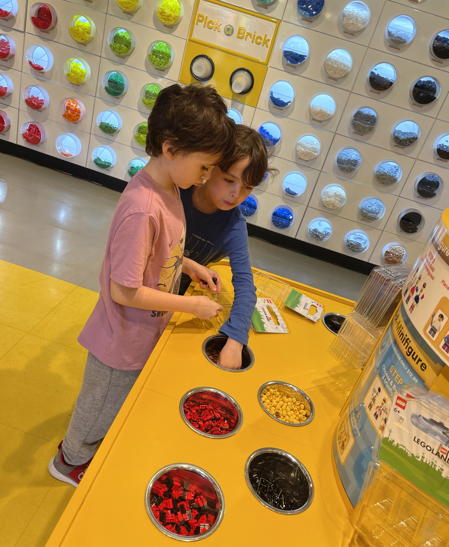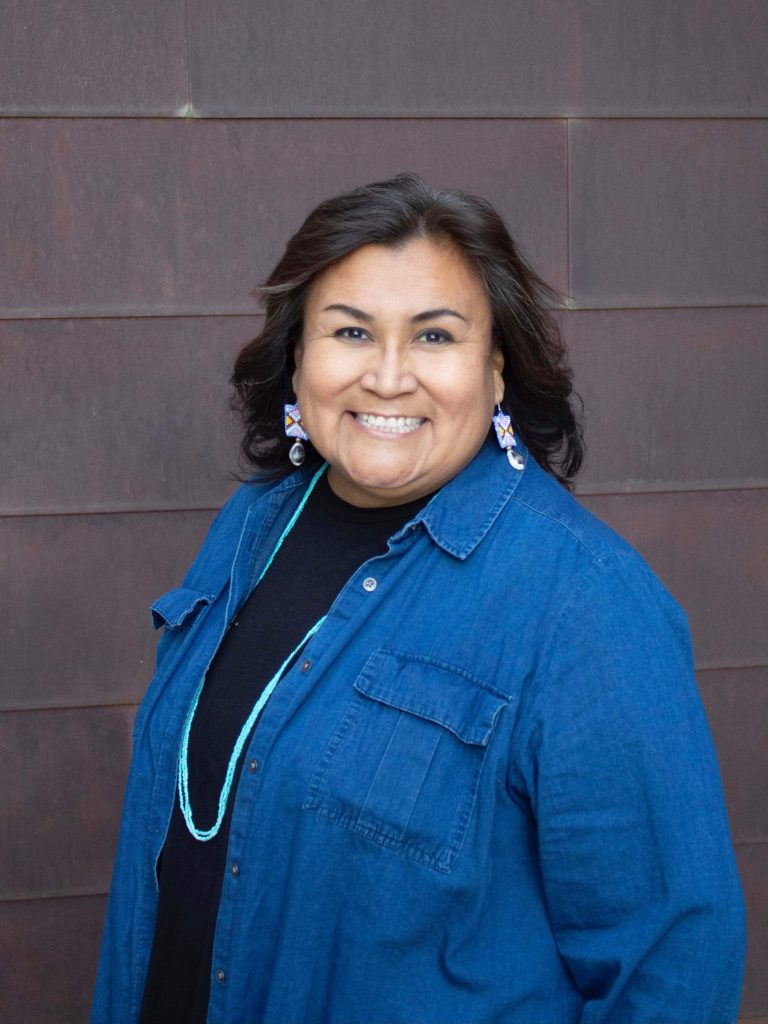Questions for the President (of 7 Generation Games, that is)
First of all, deep apologies to Community Manager, Christy Hanson who sent me these questions over a month ago. As my grandmother used to say, “mejor tarde que nunca.” For those of you who have not played our bilingual games in Spanish, that means, “Better late than never.” Also, check out AzTech: The Story Begins and Making Camp Bilingual.
Also again, that’s a good lead in to tell you that 7 Gen Blocks make it feasible for us to produce games in less common languages, like Navajo or Lakota. Read on to find out how.
Question 1: How did you come to develop 7 Gen Blocks?
Over the past several years of making games, it was obvious we were doing some of the same basic building blocks over and over. For example, a graphic novel type of set up for a story, say about the importance of sheep to the Navajo, and then an activity where the player drags an item to the part of the sheep that is used to make it. (I know how fond you are of your sheep, so I put one in here for you.)
Let’s take a math example. When learning fractions, students often mix up the numerator and denominator, or they forget to reduce the fraction to its lowest terms. They don’t remember what the greatest common factor is.
As you know, we are a family business. So, Calum, who is the son of one co-founder and the grandson of two others, is absolutely crazy about Lego bricks. The different constructions he can make from combining a few dozen colors, shapes and sizes is just amazing. 7 Gen Blocks works on the same principle. You can make a game level by combining a few blocks, like a change in color, image and sound playing when you are right or wrong, followed by a drop down box with text explaining why this is the right or wrong answer.
When we first started with 7 Gen Blocks, it was for internal use, and it made a big difference in the kinds of games we can make.
Question 2: Why are you so excited about these blocks? Isn’t it just a technical advance?
Yes, and no. On the one hand, using Blocks is a technical improvement that enables us to make games much faster and cheaper. Why it is so near and dear to my heart, as you’ve noticed, is who it has enabled us to serve.
When games cost hundreds of thousands of dollars to make, you can only make them for mass market. 7 Gen Blocks lets us develop for smaller communities
With the cost of the typical educational game, the only language that made economic sense to support was Spanish, which is why our first three bilingual games were English and Spanish. There are over 40,000,000 Spanish speakers in the U.S. while there are only around 20,000 Lakota speakers. So, even if we thought Juliana Taken Alive was awesome sauce (which we do – hey, Juliana!) we couldn’t make a game in a language like Lakota without losing money – until now.
With 7 Gen Blocks allowing us to make games so much faster, and therefore, cheaper, we can make a game for smaller tribes to support language revitalization, for smaller countries, like Chile or the Dominican Republic and for specific interests, say, aquaculture, or Lakota history.
There are a lot of other uses, which makes Blocks a good financial investment, like games to accompany a specific middle school assigned reading or teach a few specific math standards in detail. As the CEO and person most concerned with the financial side of the company (versus the technical and educational content), Maria Burns Ortiz can give you a more detailed answer on that.
Wait! There’s a second reason I am excited! 7 Gen Blocks enable us to help improve math education
Many people (including me!), have criticized math education for being a mile wide and an inch deep. Students get a couple of pages of instruction and example problems on measures of central tendency (mean, median and mode). Then, they jump to percentiles for a page or two, then standard deviation. Statistics is done, now on to scientific notation. For someone like me who spent an entire doctoral program studying statistics, this is frustrating. However, when games take multiple developers, artists and educators to develop, it’s not cost-effective to create a game that focus on a few math standards.
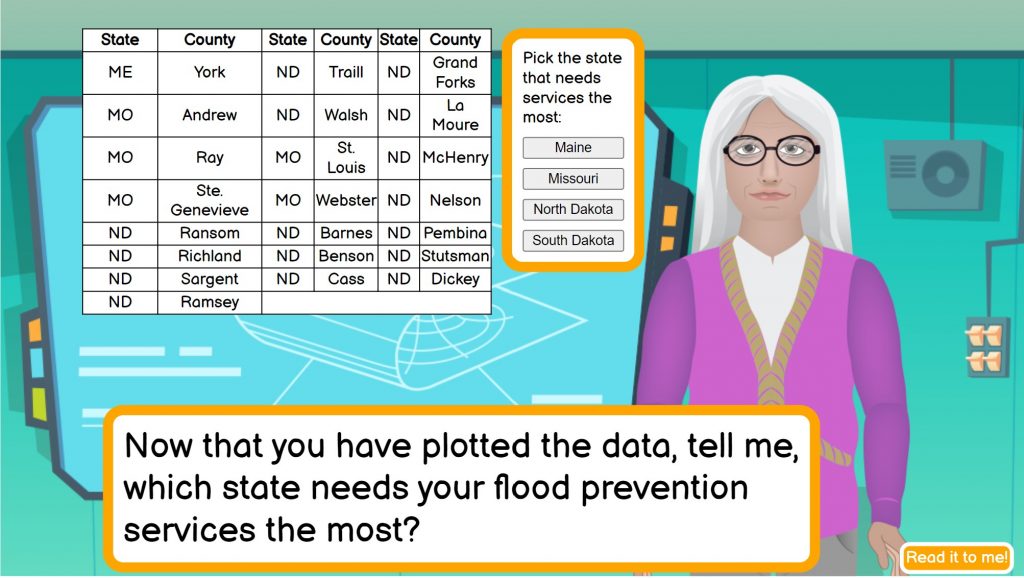
Disaster Deduction Detectives teaches five sixth-grade statistics standards.
It’s a truly great feeling when we can use technology we’ve developed to meet two goals I really want to accomplish, which are providing a voice for communities that are seldom heard in gaming (or mass media in general) and helping people really understand mathematics.
I know you had other questions, but this post is getting long so I’ll answer them the next time and I’ll try really hard not to take another month.

